April 16, 2024
Make a Beautiful Difference
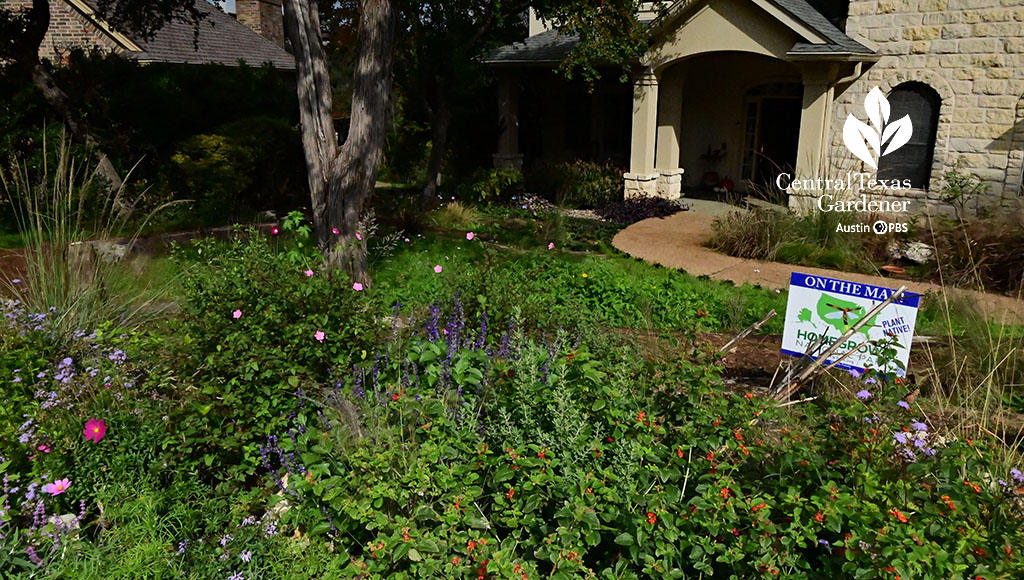
On Earth Day and every day, we really can make a difference—big and small—as climate challenges impact our comfort, our wildlife, and our life-essential resources like water.
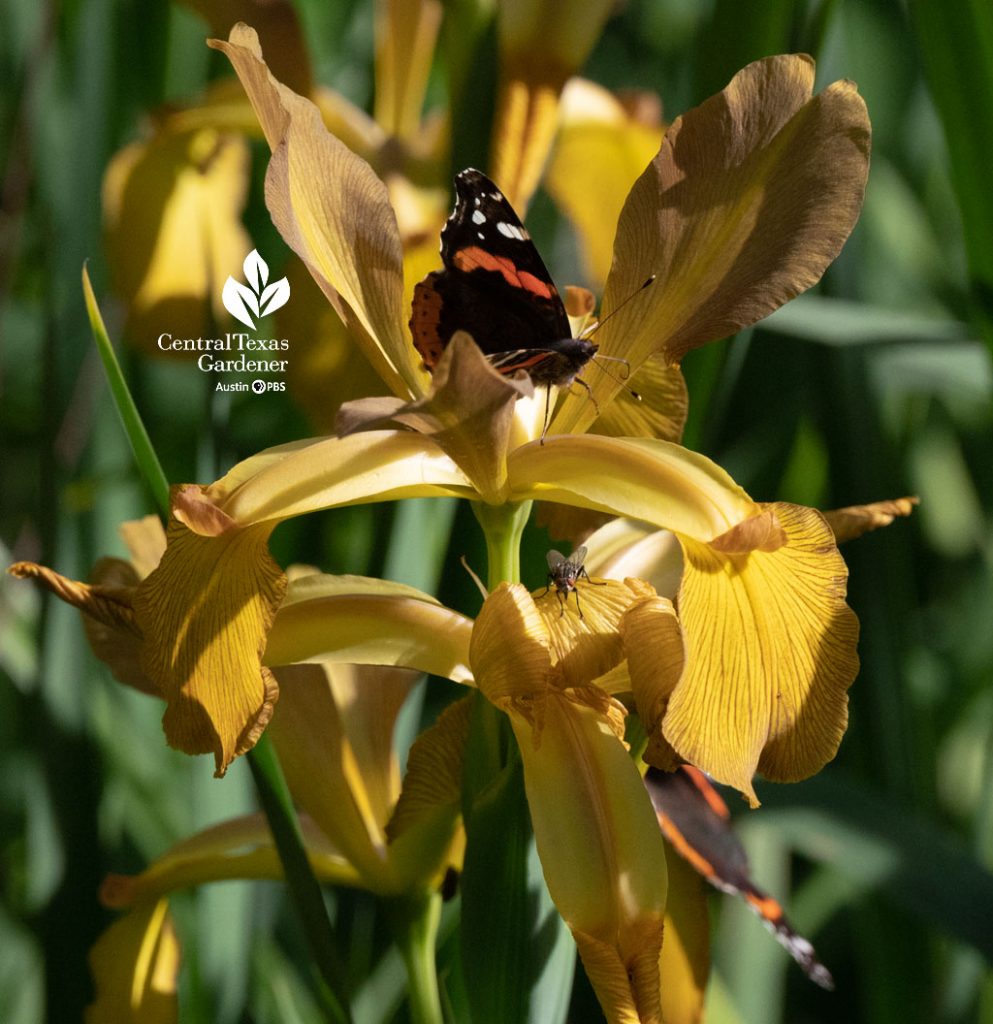
It can be as simple as planting a few flowers. My long-term, drought-tough spuria irises always get a crowd, but I’ve never seen so many Red Admiral butterflies, along with the usual wasps, bees, and flies. And yes, flies are great pollinators!
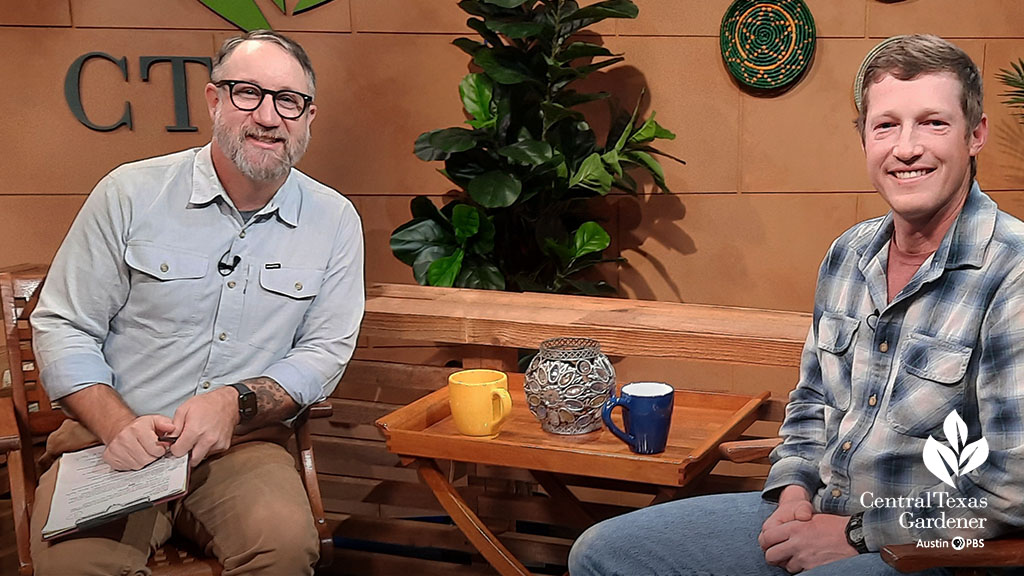
To walk us through a few easy ways to get started from the ground up, Ted Maas of Maas Verde Landscape Restoration joins John Hart Asher this week.
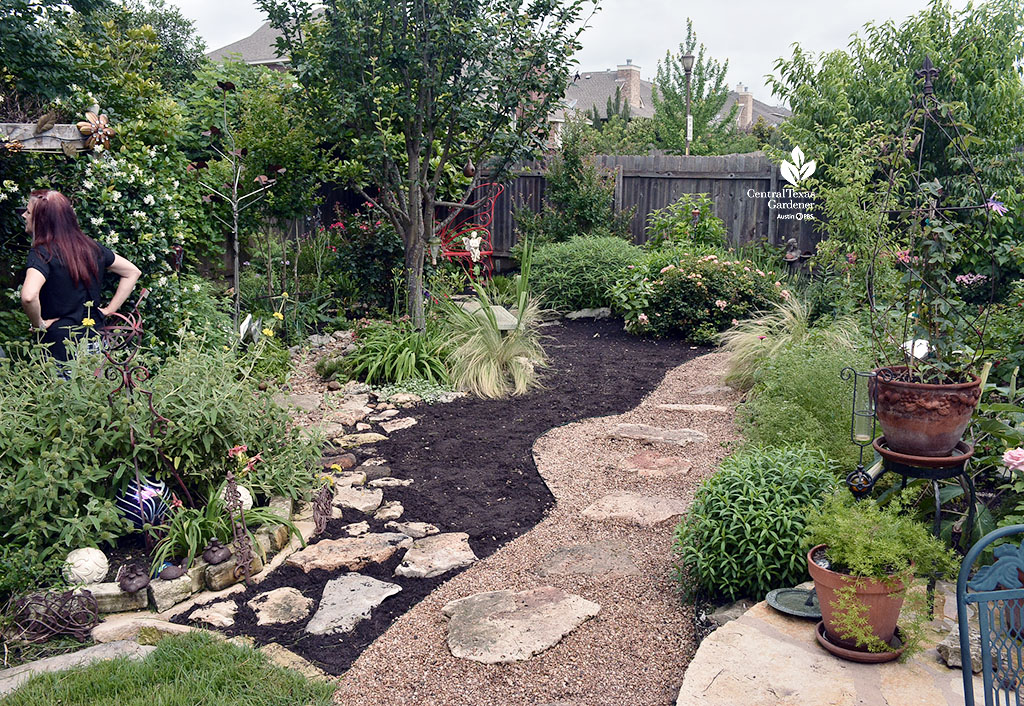
They break it down to a few basics.
• Plant for diversity, so that one disease or weather event doesn’t wipe it all out.
• Diversity attracts various insects and birds (flowers, fruits, seeds, host plants
to raise young).
• Diverse flowering and fruiting times help feed wildlife all year.
• Layer plants for visual intrigue, dimension in a regular old yard, wildlife habitat.
• Choose adapted and native plants that are suited to your soil and light conditions.
• Buy from local nurseries whose staff actually garden where you live.
• Avoid pesticides. Diverse insects on diverse plants will naturally balance prey-
to-predators.
• Leave the leaves (that’s how I mainly amended my clay soil; they also harbor
beneficial insects over winter).
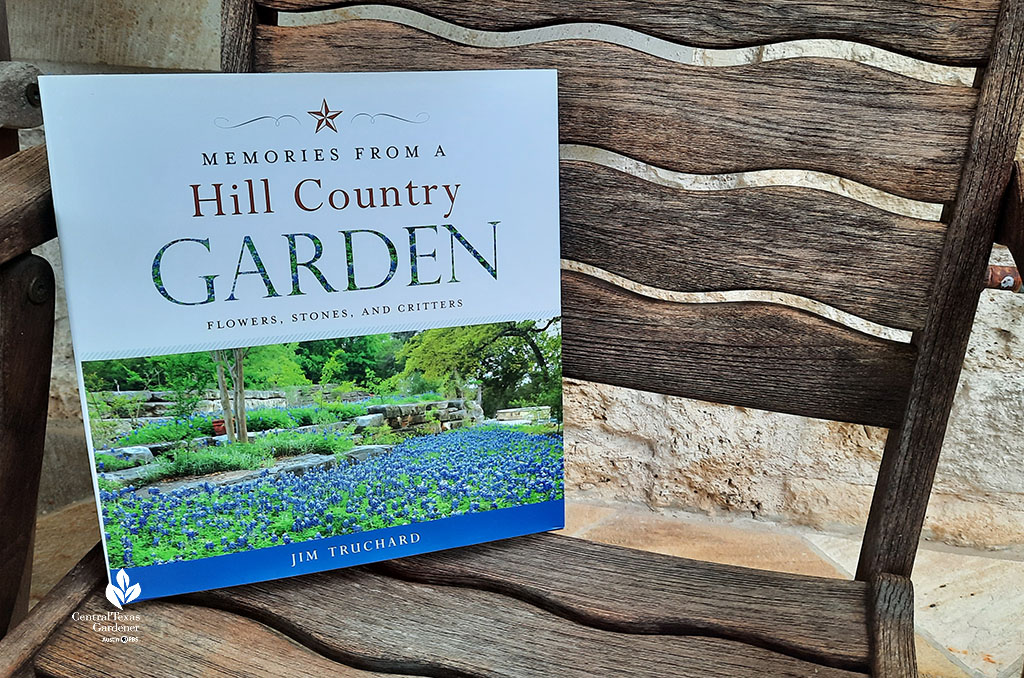
In his Hill Country garden, James Truchard checked all the boxes in a love affair with his land.
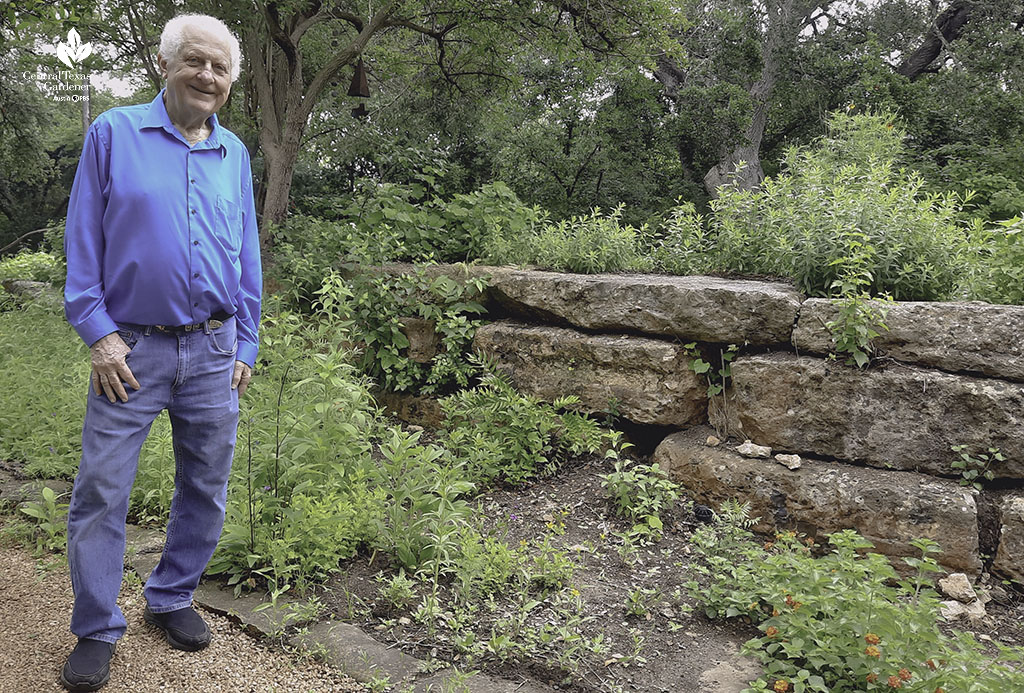
He’s just as kind and enchanting as his gardens, gladly sharing his wisdom and dirt-under-nails lessons.
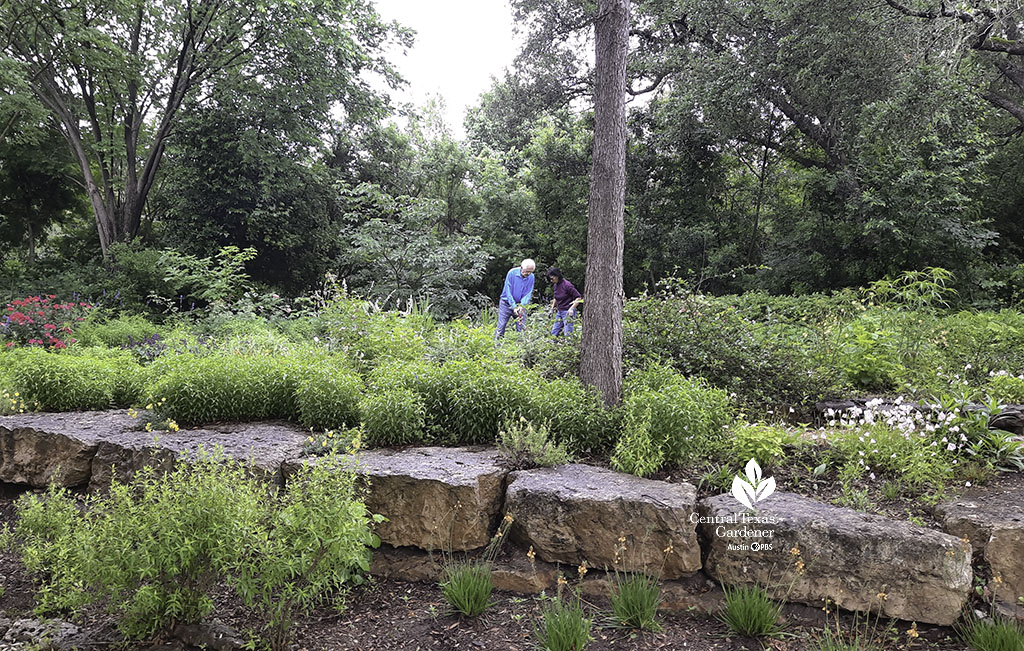
Through his years of stewardship, he’s watched the weather change, habitat disappear, resources deplete, and wildlife find a safe home in his garden.
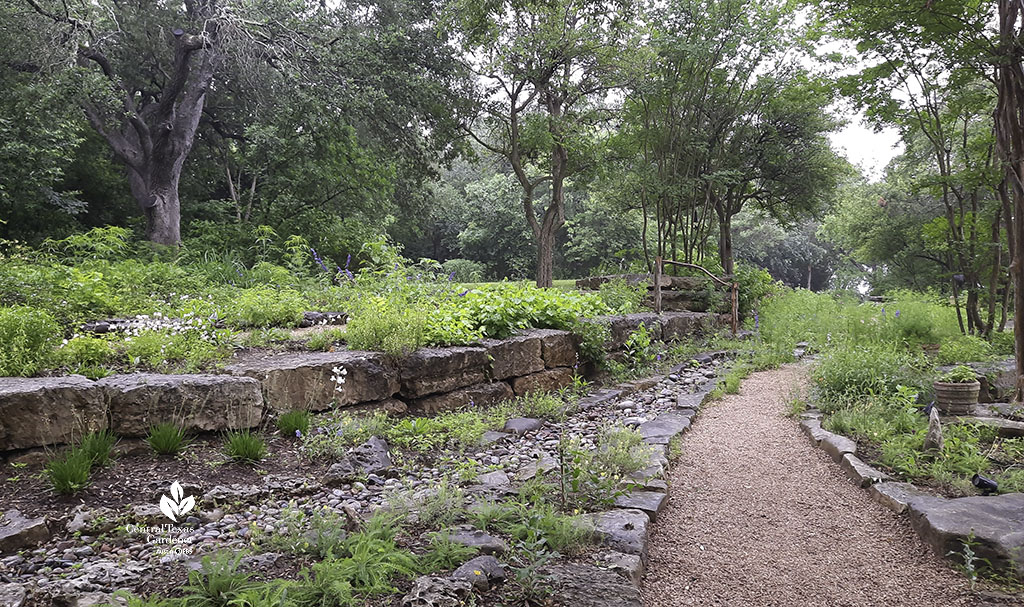
He’s learned which plants work for him and tackled challenges, like stormwater response, including a dry creek bed and rainwater collection. Read the blog about his garden.
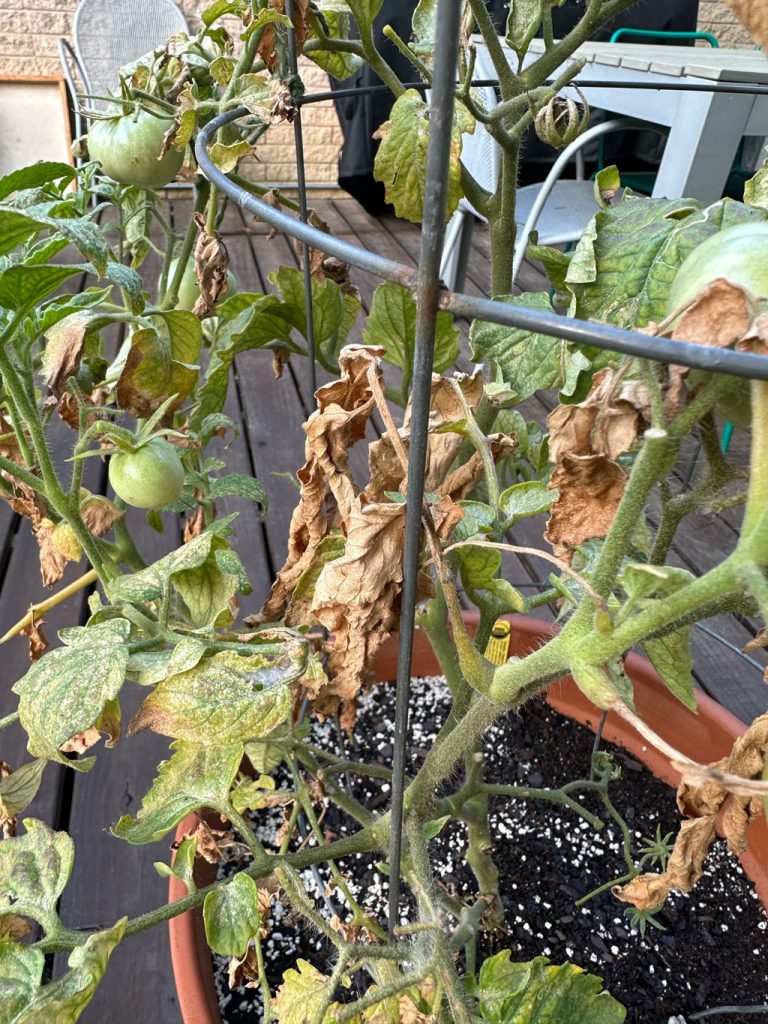
Daphne tackles fungal disease as our honeymoon spring weather days are over as humidity and heat take over. Laura Zebehhazy sent pictures of her afflicted tomato plant late last summer.
It was too late to save them then, but here’s what Daphne said to do now to avoid the issue this year: “This is blight, a general term to refer to different fungal diseases. If this is a recurring issue for you, it’s suggested to use a fungicide protectant on a regular basis, once every seven to 10 days, if air is humid, and every 14 days if the air is relatively dry.
For this type of situation, fungicides should be used as a protective measure, prior to symptom development, and NOT as a curative measure. Once the blight shows up, there’s really no reversing it. Generic copper sulfate fungicides will do the trick, and you could also try planting fewer tomatoes farther apart, to encourage air circulation between plants. Also be sure that the plants are getting full sun for at least 6 to 8 hours a day, and that you are only watering the rootzone at the base of the plants, NOT the leaves. And be sure to remove any infested plants right away, before the problem spreads.
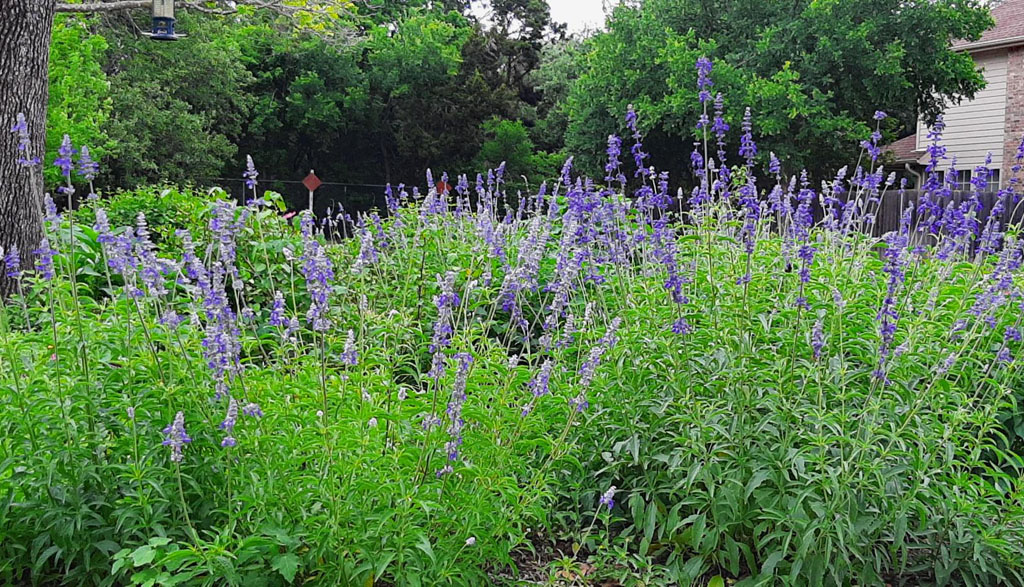
Bluebonnets moved over for trouble-free perennial salvias blooming right now! This gorgeous picture comes from recent guest Rebeca Quiñonez-Piñón, Climate-Resilient Habitats Program Director at the National Wildlife Federation. Her husband collected a few seeds from the wild about five years ago. He germinated them and they’ve beautifully spread, thanks to pollinators!
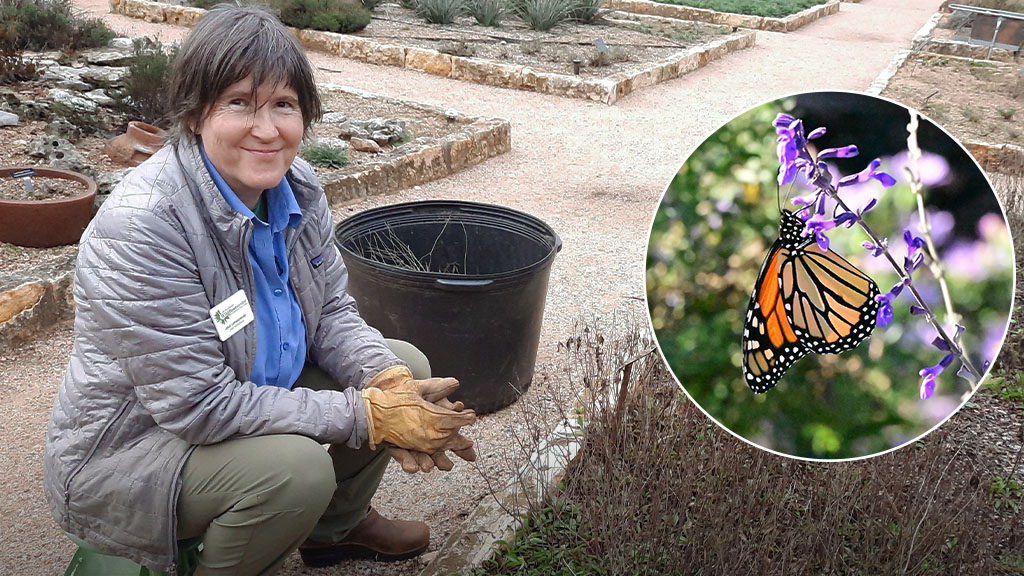
In late January, Wildflower Center horticulturist Leslie Uppinghouse showed us how to cut back old growth on native perennial mealy blue sage (Salvia farinacea). Plus, she explained how to keep leggy plants blooming in summer with Leslie Uppingham.
Watch it all now!
Thank you for stopping by! See you next week, Linda
tags:







